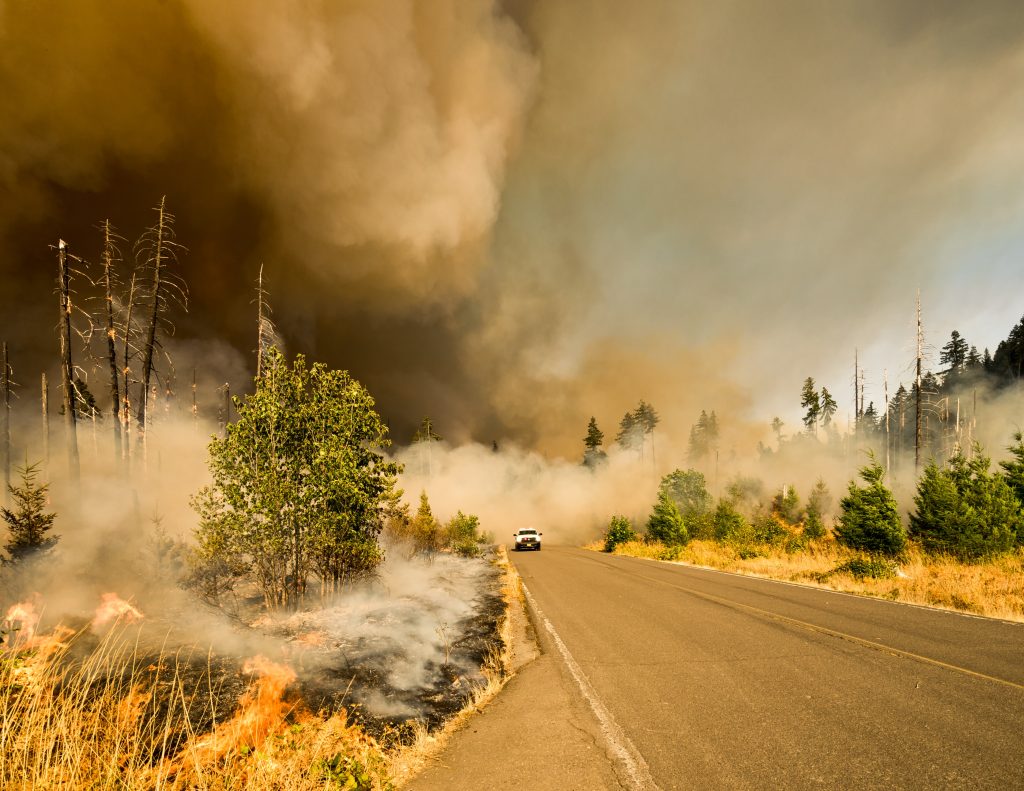10 Steps for Sustainable Disaster Recovery
As the climate crisis grows, so do natural disasters like hurricanes, floods, tornadoes, and droughts. Over the past two decades, over 4 billion people faced the effects of disasters like these, with 1.3 million people losing their lives.
To mitigate these effects, we need preventive measures, improvements in relief, and ways to effectivity build back infrastructure in the wake of a disaster. The goal of sustainable disaster recovery is to craft long-term solutions and resiliency for communities across the globe.
Adapting to disasters with a detailed plan and a supportive community is the future of disaster recovery.
1. Implement Community-Wide Disaster Plans
To ensure every community member knows what recovery and rescue will look like, towns should host roundtables and presentations of disaster plans. When these meetings are open to the public, people can feel assured in their preparedness and safety. Some common points in a disaster plan should be:
- Shared buildings and centers to shelter in
- Signs to flee the area
- How to prepare the home
- Supplies to keep on hand
- Resources to call
Keeping everyone in the loop protects their home and family in the long run.
2. Encourage Flexible Grant-Giving
Right now many government grants are awarded to towns after they are already reeling from the devastation. Sometimes, generalized goods and services are not as attentive to the local’s needs.
With flexible grant-giving, funds arrive at a quicker pace and in direct response to local organizations. Treating grants as preventive and not reactive also enables communities to lead their preparation and relief efforts.
3. Slash Donation Waste
Similarly, the general public’s generosity is admirable but sometimes not given at the right time. Unfortunately, 60% of donations are wasted. This involves goods like clothing, toiletries, and food. The massive outpouring of media attention is brief but intense, prompting an enormous influx of goods at once.
The approach to donations should be about listening to the needs of the locals, as well as a long-term solution. Rebuilding damaged homes takes years, and contributions should also extend that long.
4. Always Rely on Experts
For lawmakers and officials, aid must stem from expert studies and advice about the environment. What is best for people is often what is best for the land they live on. Climate change and natural disasters are intertwined in a feedback loop. Officials can avoid future devastation by learning about the potential implications of rebuilding with certain materials.
For example, experts have been urging against marshland construction for years because it causes many homes to eventually sink into the ground or be swept away in floods. It is time to let marshes flourish on their own and let people live on solid foundations.
4. Seek Knowledge-Based Systems
Technology is also a tool to improve relief. Using data from previous recovery efforts and the knowledge of the land, knowledge-based systems could potentially improve response times and proactive measures. Relying on past experiences is a sure way to inform future response teams on how to save lives best.
5. Foster Grassroots Empowerment
Helping the community means addressing inequality in all its forms. Consider these local communities’ cultures and marginalized groups when organizing relief efforts.
Hurricane Katrina exposed the racial gap in recovery as white citizens in New Orleans could return to their homes more quickly and easily. More members of the Black community died in the disaster as well. Inclusive and empowering movements that help all people are critical.
6. Support Food Security
Our infrastructure needs an update, as well. A pre-existing food crisis means there are already roadblocks to recovery. Food insecurity is rampant in the United States, with people struggling to find food, let alone fresh or healthy options. Without grocery stores nearby, it’s even harder to feed displaced people in the wake of disaster.
Funding to farmers and grocery cooperatives or even small restaurants will charge up food security for the long haul.
7. Prepare for Cleanup
People also need to be able to protect their own homes. Flooding happens worldwide, especially in communities near large bodies of water. But with massive hurricanes, water does more than damage boxes in the basement.
If water is in the house for an extended period, it risks the house’s structural integrity. Mould growth could turn dangerous to human lungs, while leakage on electrical wires might mean raging fires.
Local officials should host meetings to clean up flood water and repair leaks. Having the knowledge and the tools to clean up allows emergency responders to spend time on people in immediate danger.
9. Protect Local Businesses
Businesses provide crucial infrastructure and revenue for a town. If they are lost in the fray of a natural disaster, there will be no local jobs or opportunities to buy supplies. Small businesses should employ the same steps above to prepare their storefront and research government aid.
The U.S. Small Business Administration (SBA) will offer resources, support, and loans to small businesses in a disaster zone. Employees can also seek assistance at the Federal Emergency Management Agency (FEMA).
10. Inspire Mental Health Awareness
Even if someone’s home is intact and their family is safe, they could still struggle with disaster trauma. When a disaster hits, many people suffer from panic and confusion over how to respond to massive forces like the weather. For years afterward, survivors may feel disillusioned or anxious when remembering their ordeal.
Communities and officials must invest in support groups and guide people toward medical care. Be incredibly attentive toward children and first responders.
A Collaborative Future Response
Natural disasters are a worrisome threat for many communities, but there are clear steps they can take to prepare and become resilient in the long run. Together, people can nurture each other and the land under their feet.
Jane Marsh
Editor-in-Chief at Environment.com
Email jane@environment.co
Website https://environment.co/




